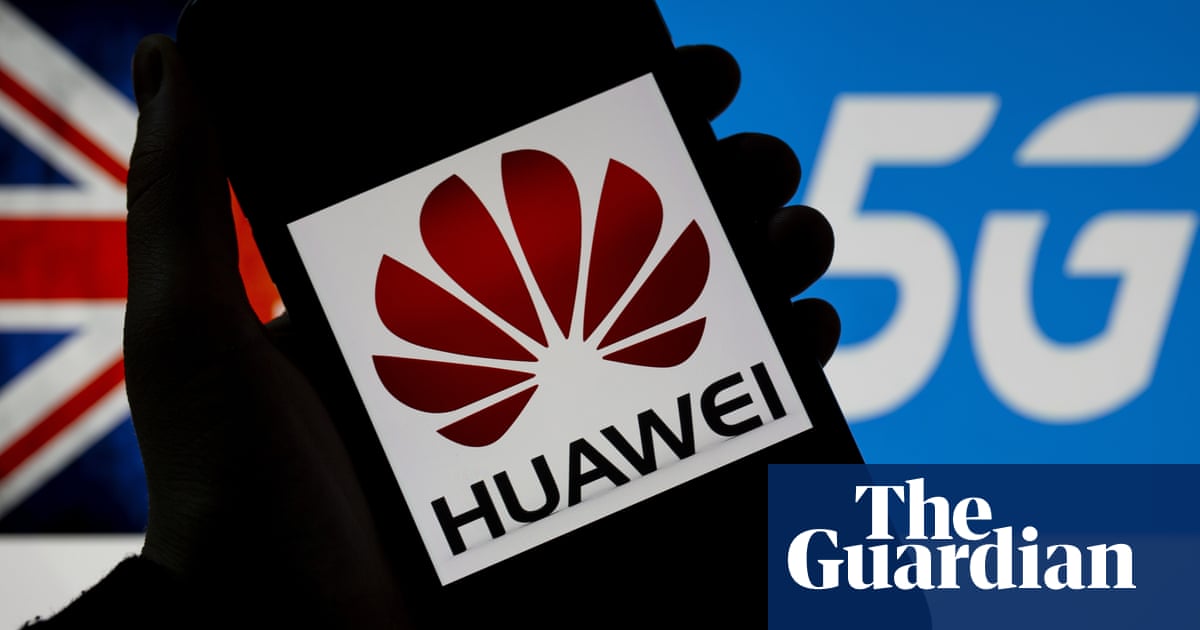Most missed the Trump White House announcement that on March 11th, the leaders of several tech companies met with the Trump team to discuss ways that super computers can process and speed up solutions for eradicating COVID-19 with treatment discoveries. On tap for the meeting, Facebook, Alphabet, Amazon, Twitter, Apple and Microsoft. The White House Chief Technology Officer, Michael Kratsios also enlisted the help of NASA, IBM, Oak Ridge National Laboratory, US Department of Energy, Argonne National Lab, Sandia National Laboratory, Lawrence Livermore National Lab, Los Alamos National Laboratory, The National Science Foundation, Massachusetts Institute of Technology, Rensselaer Polytechnic Institute and several others.

The COVID-19 High Performance Computing Consortium will bring significant computing power, 16 systems with over 330 petaflops, 775,000 CPU cores, and 34,000 GPUs to help researchers understand COVID-19 potential treatments and cures. “These high-performance computing systems allow researchers to run very large numbers of calculations in epidemiology, bioinformatics, and molecular modeling,” Dario Gil, director of IBM Research said in the announcement. “These experiments would take years to complete if worked by hand, or months if handled on slower, traditional computing platforms.”
“Since the start of COVID-19 pandemic we have been working closely with governments in the US and worldwide to find all available options to put our technology and expertise to work to help organizations be resilient and adapt to the consequences of the pandemic, and to accelerate the process of discovery and enable the scientific and medical community to develop treatments and ultimately a cure,” Gil said.
Powerful supercomputer and training program, IBM’s Summit, previously enabled researchers at the Oak Ridge National Laboratory and the University of Tennessee to screen nearly 8,000 compounds to uncover, which are most likely to bind to the main “spike” of the coronavirus, making it unable to reproduce and infect other cells.
The organizations were able to recommend 77 promising small-molecule drug compounds that could be experimentally tested. IBM will continue to work with different partners to evaluate proposals and provide access to supercomputing capacity to tackle to global pandemic.
“I am proud to be working with my IBM colleagues and the extended scientific community to help kick-start this effort. What began just two days ago with one conversation with the White House Office of Science and Technology Policy has solidified quickly into an unprecedented effort that can make a real difference,” Gil stressed.
***
The Oak Ridge National Laboratory in Tennessee (one member of the consortium) is using its supercomputers to look for compounds already on the market that might foil the virus.
Oak Ridge’s approach involves what’s called computational structure-based drug discovery. Basically, that means they use a computer to calculate how drugs might work against germs like viruses.
“We could get these calculations done in one day on the supercomputer, whereas a normal computer, it would take a month,” says Jeremy Smith, director of the Center for Molecular biophysics at Oak Ridge.
To run the calculations, you need to know the physical properties of the proteins a virus makes — what they’re made of and what their shape is.
One key viral protein of the coronavirus is called the spike protein. Information about what it looks like came out in mid-January, so Smith asked people in his lab if they wanted to start looking through databases of existing drugs that would block it.
***
Summit was built to solve the world’s problems
Summit was commissioned by the US Department of Energy in 2014 for the purpose it’s serving now — solving the world’s problems.It’s got the power of 200 petaflops, which means it has the computing speed of 200 quadrillion calculations per second, aka: It’s 1 million times more powerful than the fastest laptop. Summit, the world’s most powerful supercomputer, modeled how different drug compounds might prevent the coronavirus from spreading to other cells.At its station in Oak Ridge National Laboratory in Tennessee, Summit has identified patterns in cellular systems that precede Alzheimer’s, analyzed genes that contribute to traits like opioid addiction and predicted extreme weather based on climate simulations.
Summit, the world’s most powerful supercomputer, modeled how different drug compounds might prevent the coronavirus from spreading to other cells.At its station in Oak Ridge National Laboratory in Tennessee, Summit has identified patterns in cellular systems that precede Alzheimer’s, analyzed genes that contribute to traits like opioid addiction and predicted extreme weather based on climate simulations.How Summit fights coronavirus
Viruses infect host cells by injecting them with a “spike” of genetic material. Summit’s job is to find drug compounds that could bind to that spike and potentially stop the spread.Oak Ridge researcher Micholas Smith created a model of the coronavirus spike based on research published in January. With Summit, he simulated how the atoms and particles in the viral protein would react to different compounds.The supercomputer ran simulations of over 8,000 compounds that could bind to the spike protein of the virus, which could limit its ability to spread to host cells. Summit identified 77 of them and ranked them based on how likely they were to bind to the spike.What’s next
The team will run the simulations on Summit again, using a more accurate model of the coronavirus’ spike that was published this month.





 source:
source: 

